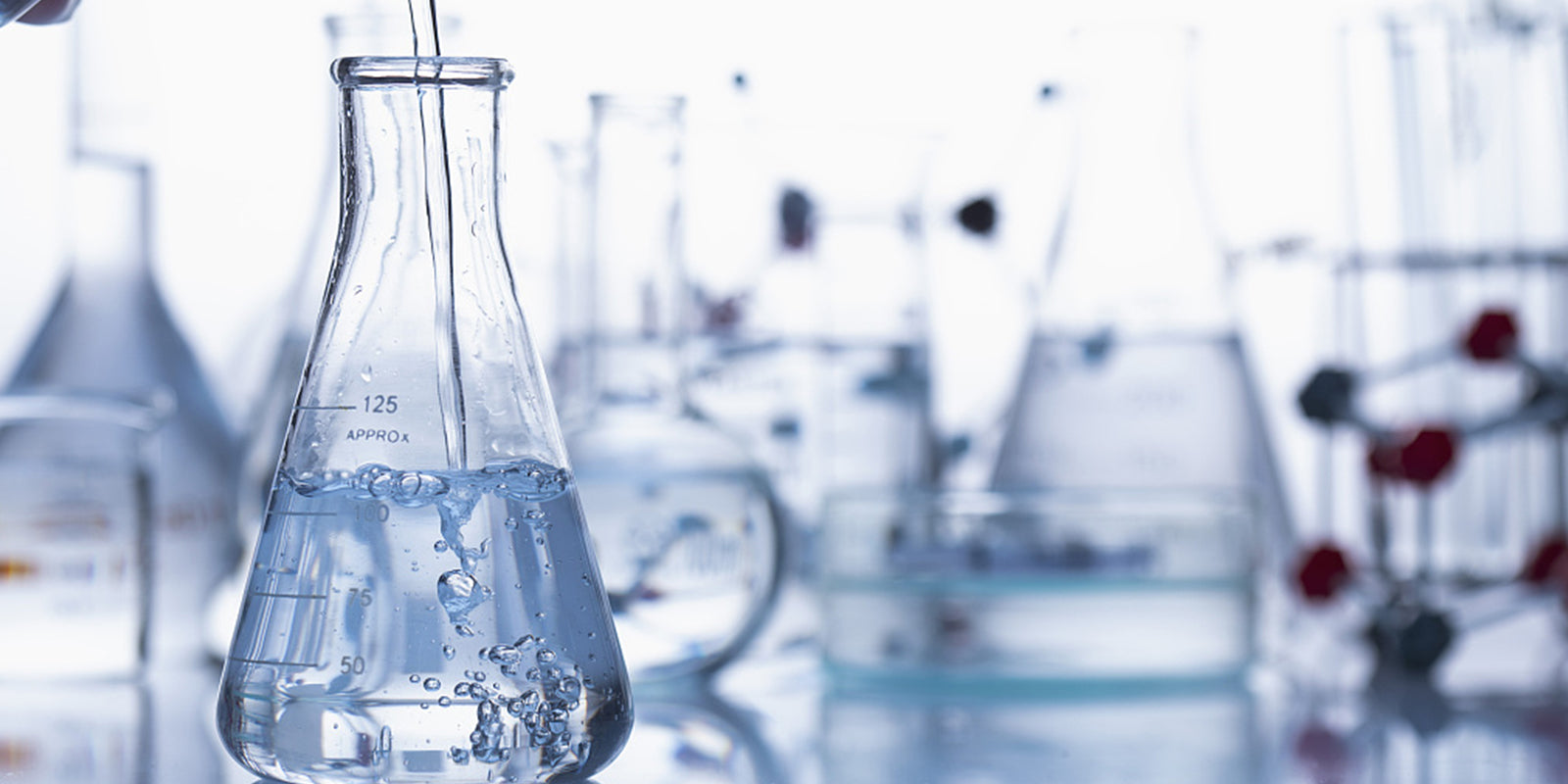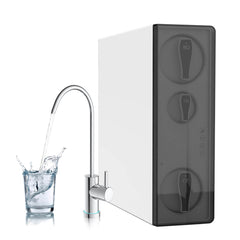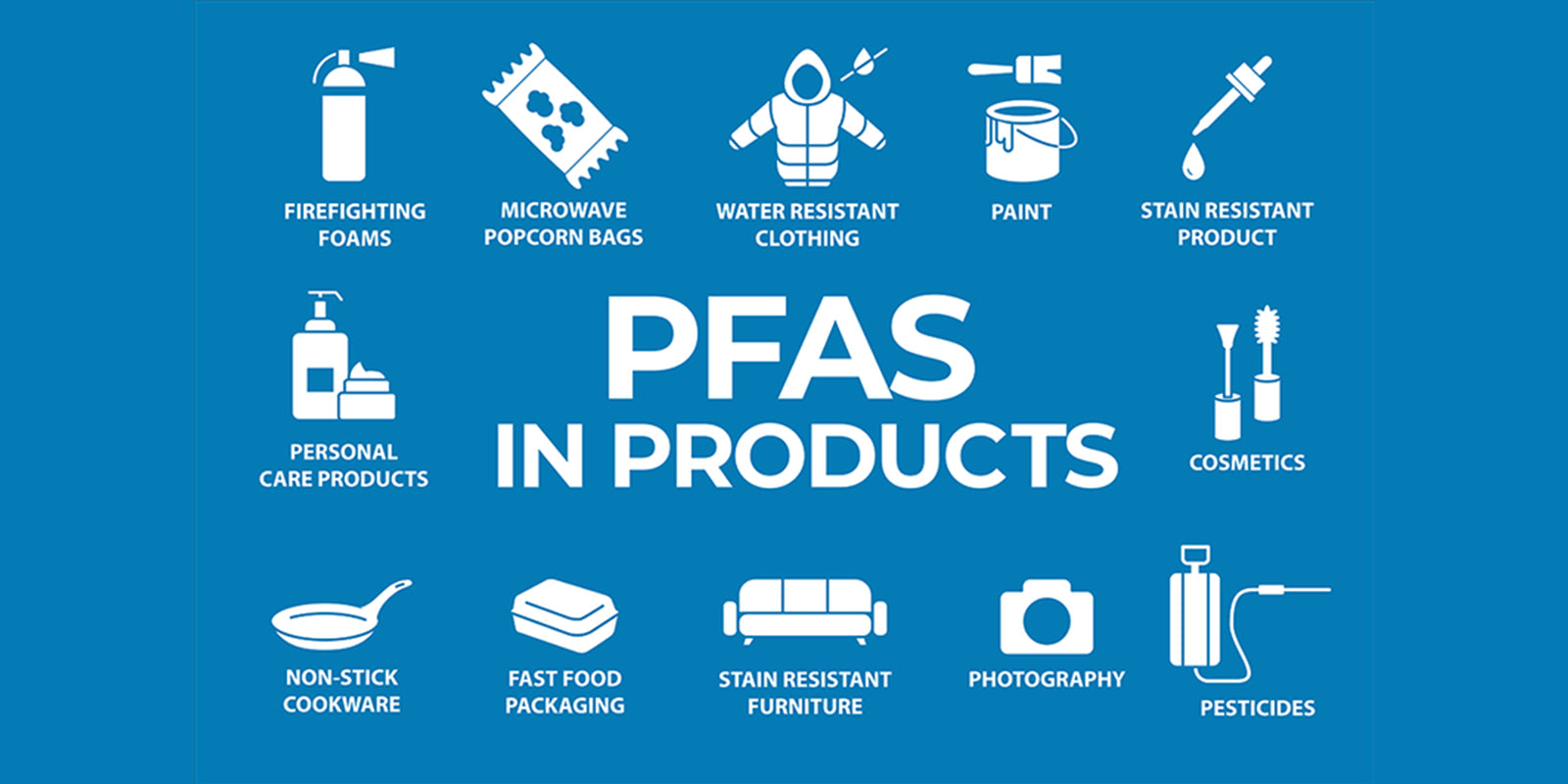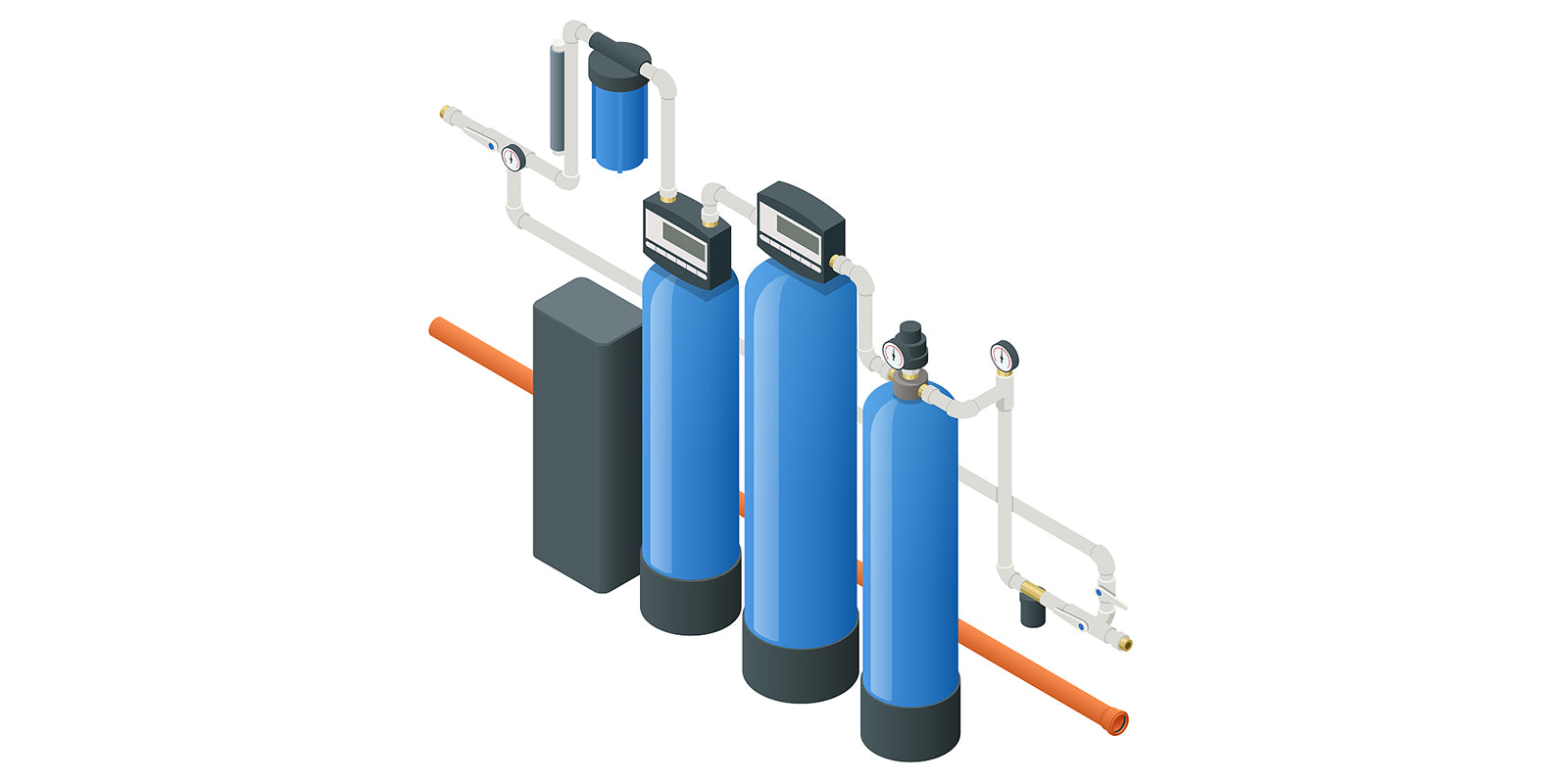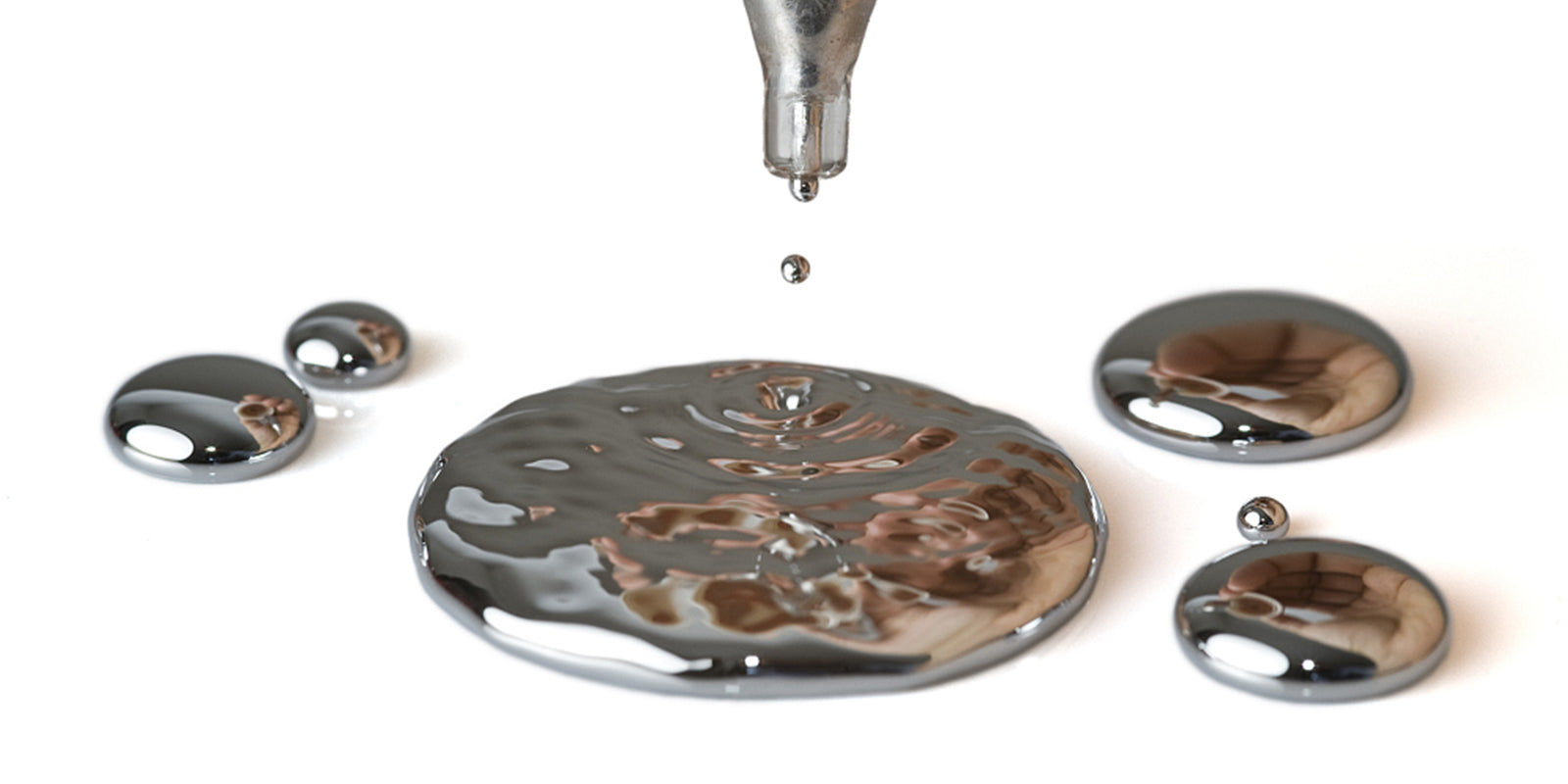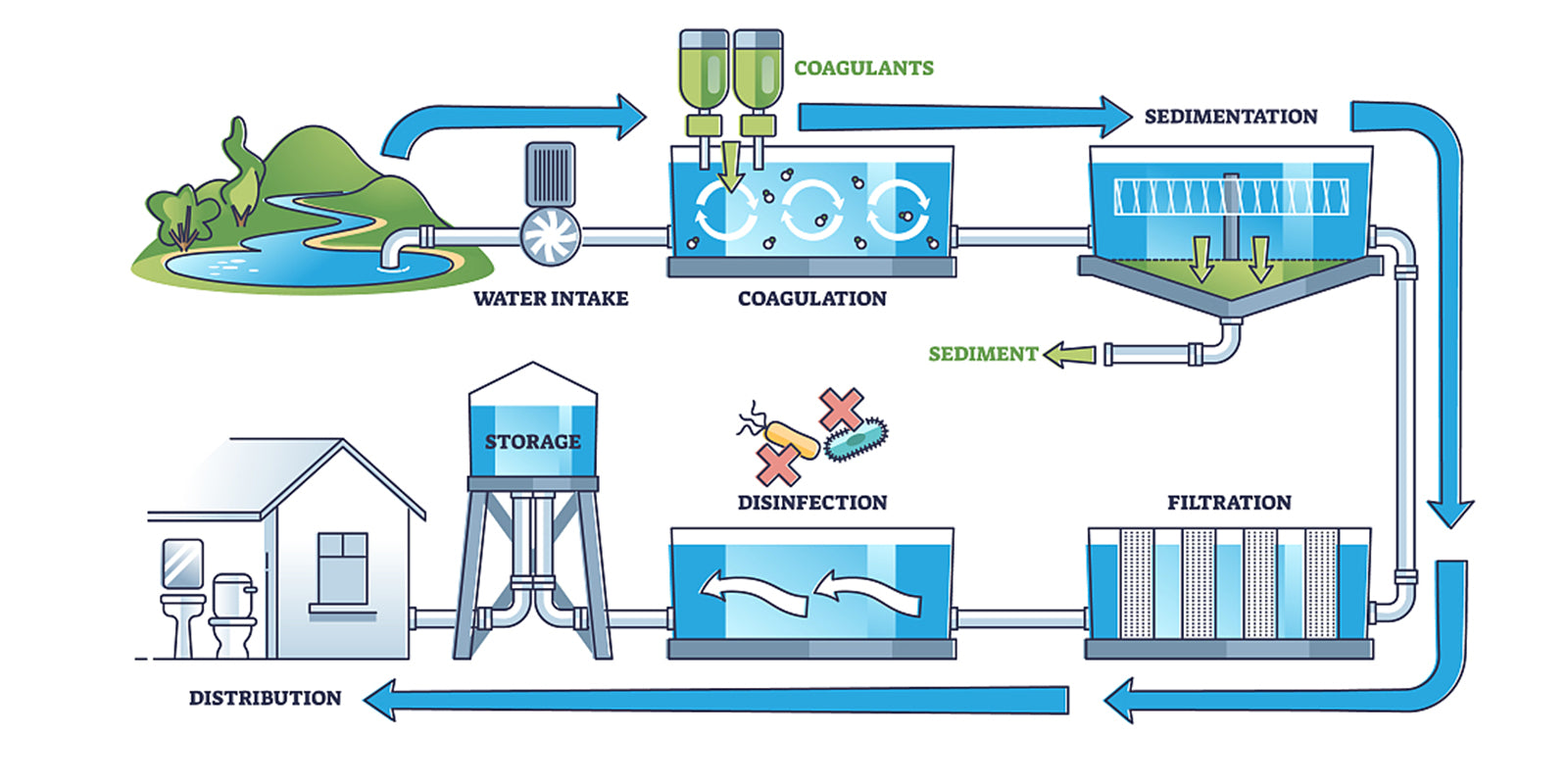Everyone wants to drink healthy and safe drinking water for themselves and their families, but the fact is that the quality of the water we usually drink is not guaranteed, it may have contamination, but we can not know the degree of contaminants with the naked eye. TDS can reflect the level of contamination to a certain extent, so many people will reduce the TDS to achieve the effect of purification.
What is TDS?
TDS is the abbreviation of Total dissolved solids, measured in milligrams per liter (mg/L), which indicates how many milligrams of dissolved solids are dissolved in 1 liter of water. Total dissolved solids refers to the total amount of all solutes in the water, including the content of both inorganic and organic matter. The conductivity value is generally used to understand the salt content of the solution, in general, the higher the conductivity, the higher the salt content, the higher the TDS. The higher the TDS, the more dissolved substances contained in the water. Among the inorganic substances, there may be inorganic substances in molecular form in addition to the components dissolved into ionic form. Since organic matter and inorganic matter in molecular form contained in natural water can generally be disregarded, the salt content is also generally referred to as total dissolved solids. However, in some particular water, TDS does not effectively reflect the water quality.
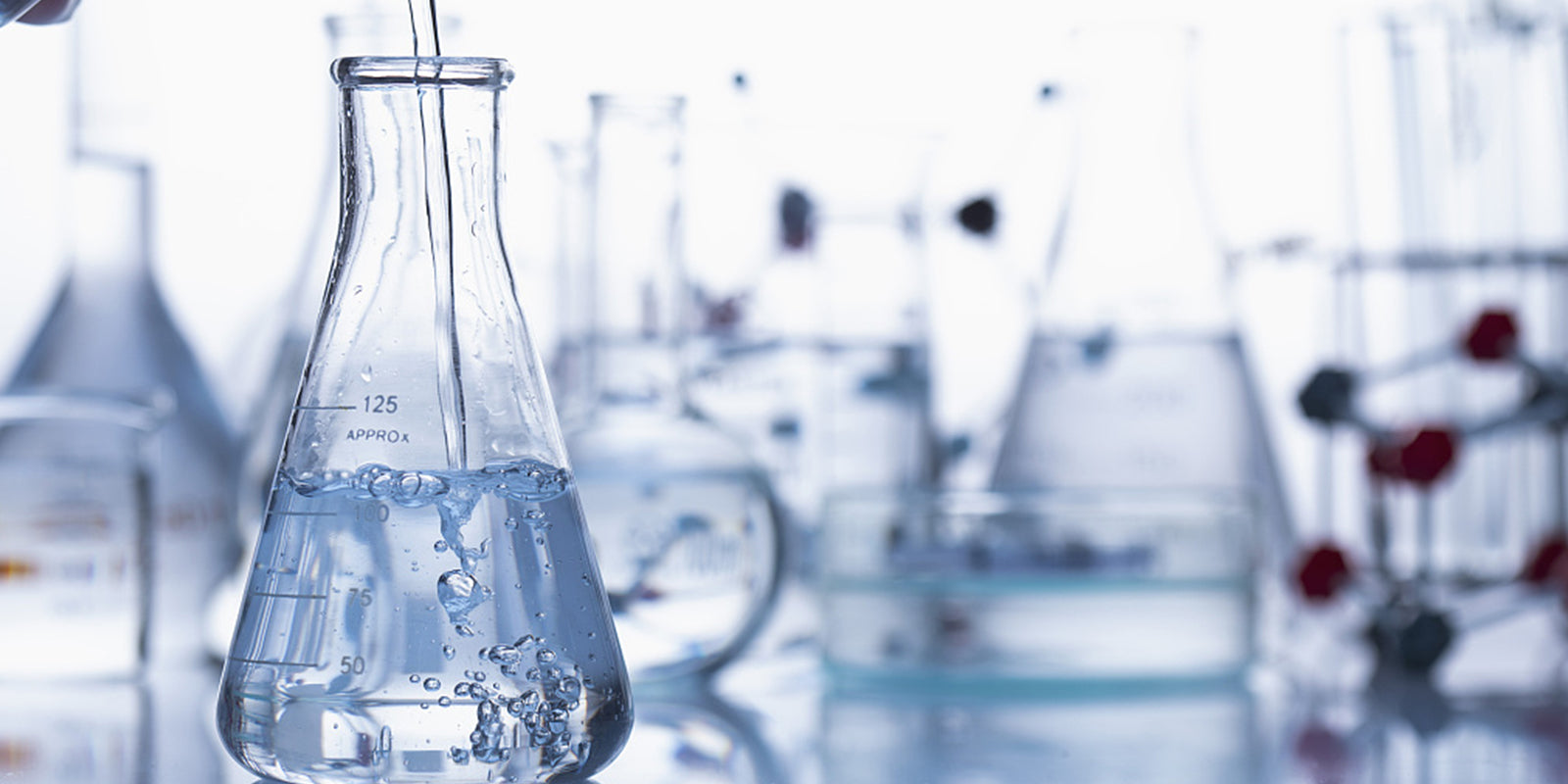
How to test TDS?
Digital TDS meter
a) Open the digital TDS meter, remove the protective cap and submerge it in water to the maximum saturation level. (The mark indicates the saturation level of the digital TDS meter).
b) After stirring the TDS meter to remove air bubbles from the water, place the digital TDS meter into the water and wait 15-20 seconds. Waiting 20 seconds will allow the TDS level to be measured.
c) Most digital TDS meters read by multiplying the reading by 10, but some meters require multiplication by 10. After calculating the TDS level of the water, remove the excess water from the digital meter and replace the protective cap.

Methods to reduce TDS
Reverse Osmosis
Reverse osmosis is one of the most common methods for removing total dissolved solids from water. Reverse osmosis water filters can remove most TDS, including dissolved salts, minerals and dangerous chemicals as small as precise microns, and can be very effective in reducing TDS. This system reduces TDS by blocking large molecules through a reverse osmosis membrane. In this sense, you won't find a better water filter than a reverse osmosis system, and using reverse osmosis water purification is a cost-effective long-term solution.
Scale Inhibitor
It is a chemical or mechanical treatment method injected or installed in a fluid flow system to prevent the precipitation and accumulation of slightly insoluble compounds on the inner walls of the system. It is used to reduce TDS in a certain sense by dispersing insoluble inorganic salts in the water, preventing or interfering with the precipitation of insoluble inorganic salts on metal surfaces, and scaling functions. While it is still a chemical substance, so there is some risk.
After understanding TDS and the methods to reduce it, you need to choose the appropriate method to reduce it according to your home situation.

